
Sydney Airport: commits to net zero by 2030 – for the things it can control
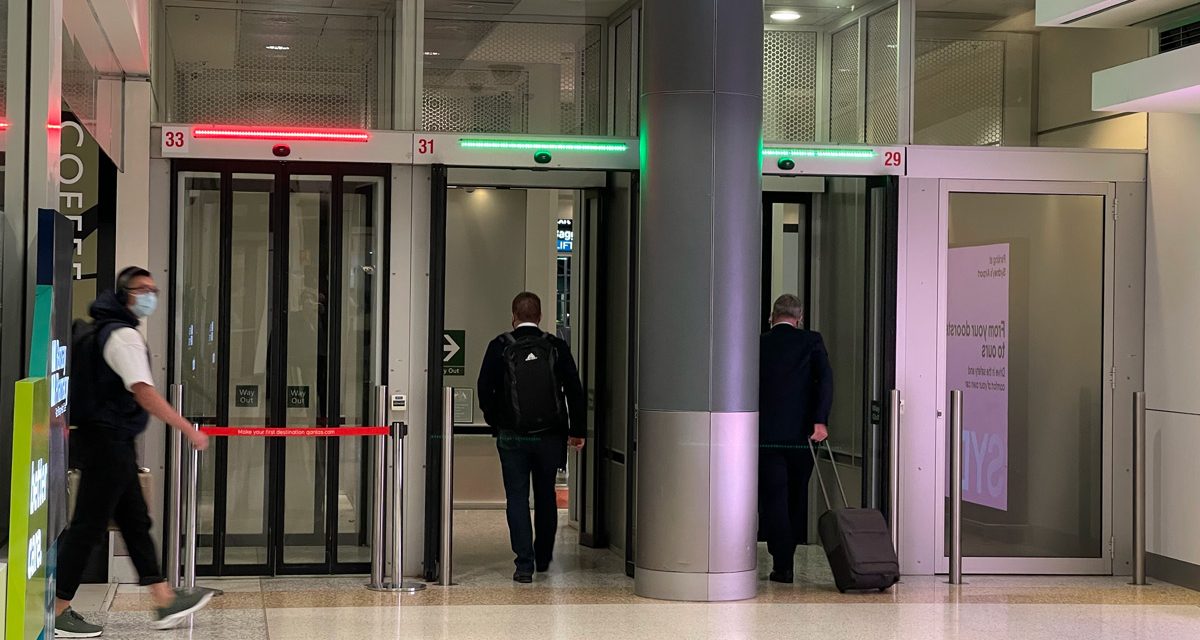
Last Updated on December 11, 2023 by 2paxfly
I know its fashionable to be making zero carbon emission promises – except if you are our Australian Prime Minister, but for an airport, and indeed any aviation associated industry, it is easier said than done.
However – don’t get too excited about this announcement.
Content of this Post:
What they will do: Scope 1
I so hate it when organisations use internal management-speak outside a conference room, and by that, I mean an internal Zoom call. ‘Scope 1’ – means the emissions that their vehicle fleet spew out as well as natural gas use. They account for just 7% of the emissions. Zero will be achieved by reducing their reliance on natural gas, moving vehicles to low/no-emission technology and getting rid of equipment like diesel generators.
Scope 2 is a bigger challenge
‘Scope 2’ emissions are basically what they spew for electricity needs, representing 83% of their emissions. These will be tackled by switching to renewable production and reducing overall use. So in the scheme of things not too hard either.
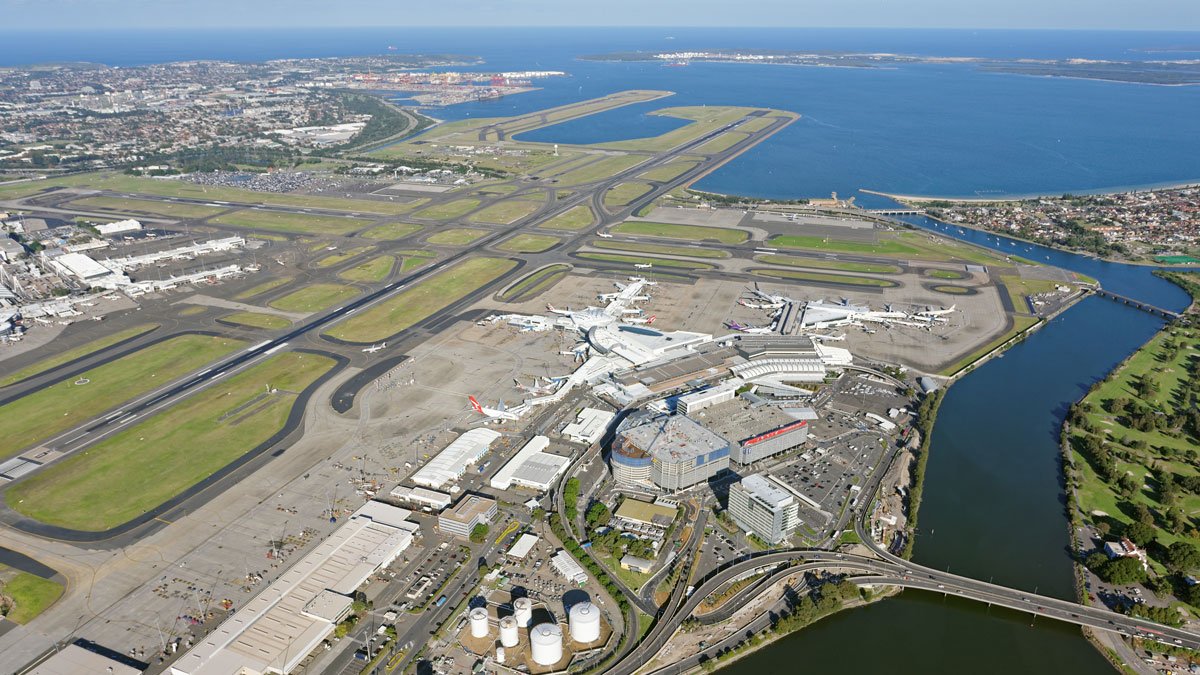
Scope 3 is where the real difficulty lies
Scope 3 is all the emissions that the airport doesn’t have direct control over. You know – aircraft when they take off and land, not to mention vehicles that drive in and out of the airport.
Other than offering tenants the option of buying renewable electricity, there is not a lot they can do currently.
However they have bought the jet fuel delivery infrastructure at the airport, which will give them more control when low emissions alternates are available for jet fuel.
Another initiative of the Airport is the installation of ground power units and pre-conditioned air, allowing parked aircraft to plug into sustainable supplied electricity instead of running aircraft engines to operate on-board lights, instruments, and air-conditioning.
“Sydney Airport is proud of the leadership position we’ve taken on sustainability. We’ve put our money where our mouth is through initiatives like our sustainability-linked loan and bond, which ensure our sustainability commitments have genuine financial imperatives.
“We are always on the lookout for ways we can do more and our commitment to achieve net zero by 2030 extends our leadership on sustainability.” Geoff Culbert, Sydney Airport CEO
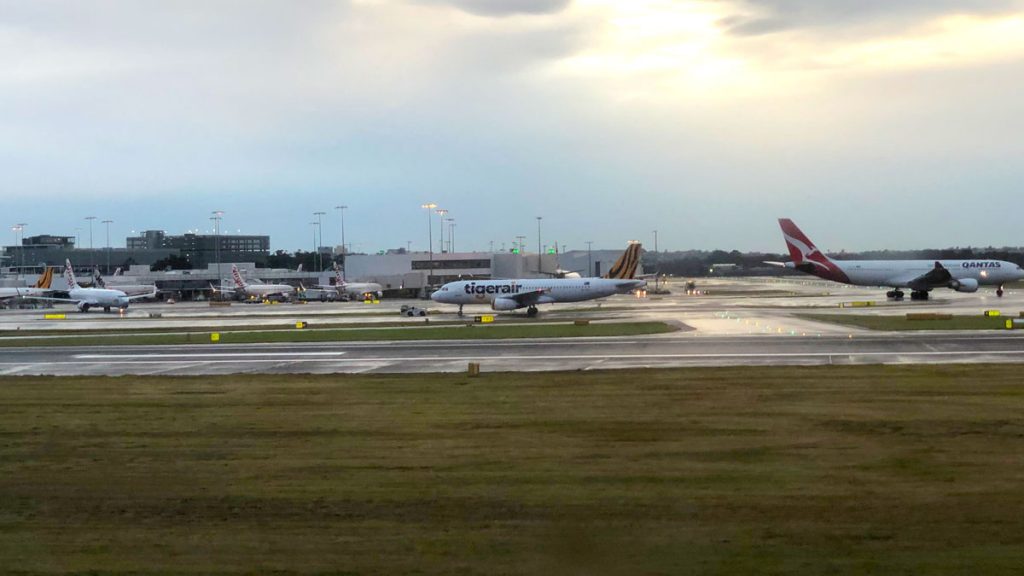
2PAXfly Takeout
This is another timely reminder to wear your seatbelt when seated. Holding you close to your seat will protect you from the sort of injuries sustained on this flight, when unsecured passengers flew to the ceiling of the aircraft, and then came crashing down once the ‘drop’ ceased.
The hope will be that this is an anomaly – a ‘freak accident’ in casual parlance. If it is a systemic error either mechanical or electronic, then this is a larger concern for the airlines that fly Boeing Dreamliner 787 aircraft. Let’s hope it isn’t. If it is, it will pile on the woes to Boeing’s existing stack.
All good innovations, which will cut costs as well as reducing emissions. I am mindful that we are congratulating a move by Sydney Airports that they should be doing anyway, but good on them for actually committing to a target and a date for zero emissions by 2030.
Now all we have to do is get Sydney Airport to fix that damn exit door and the travelator if its still broken in Terminal 3 and the government to commit to zero emissions by 2030.
That is turning out to be a much harder ask.

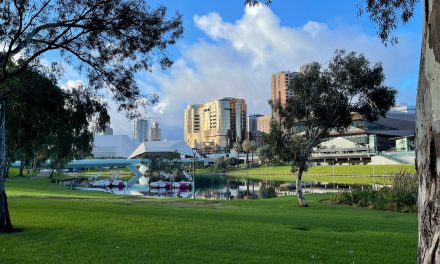
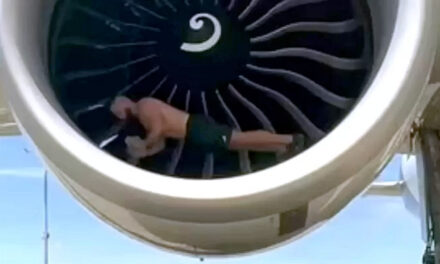


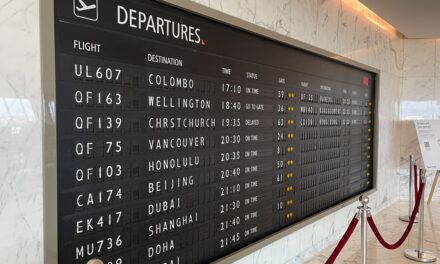
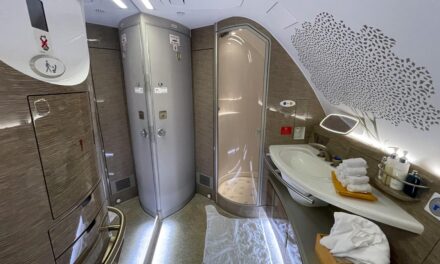
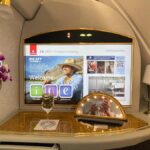
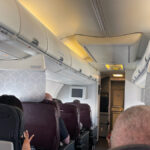


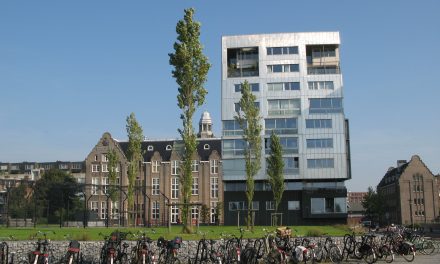
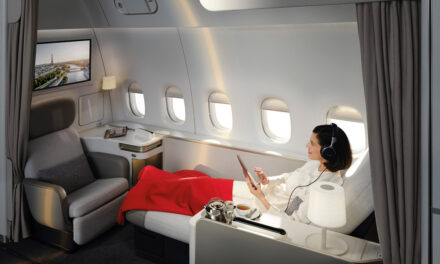

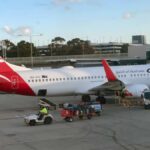


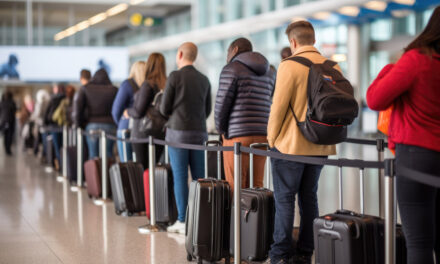
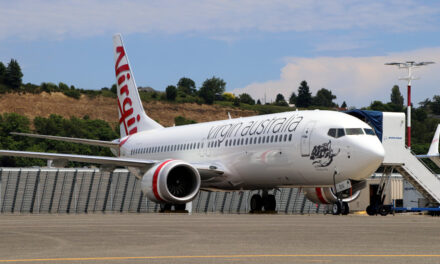

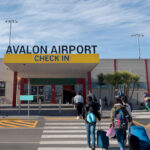


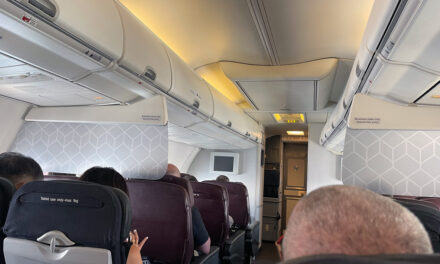



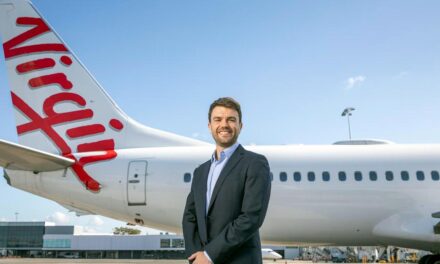
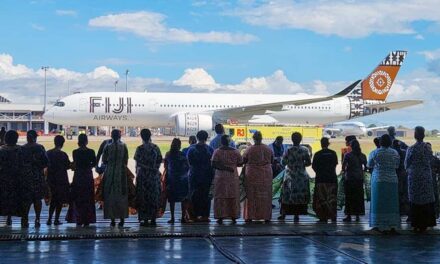

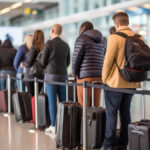



What did you say?